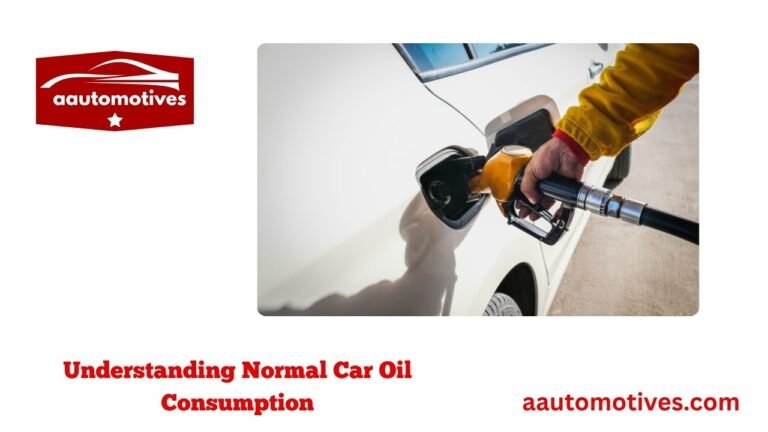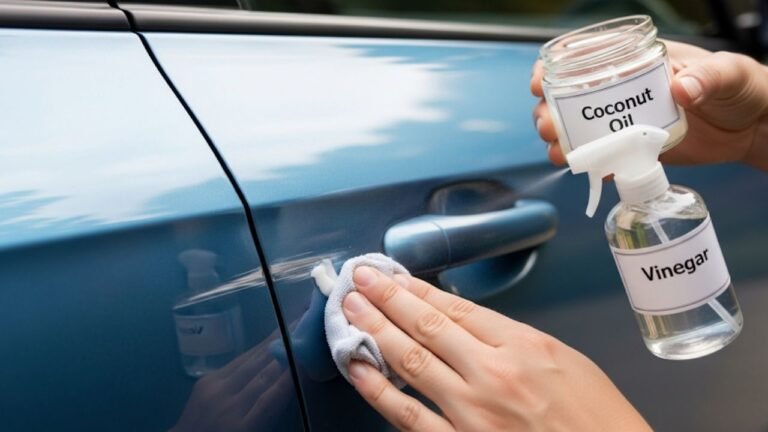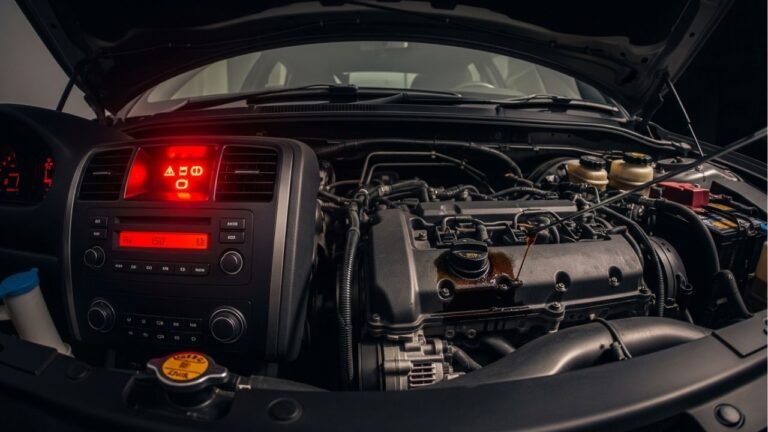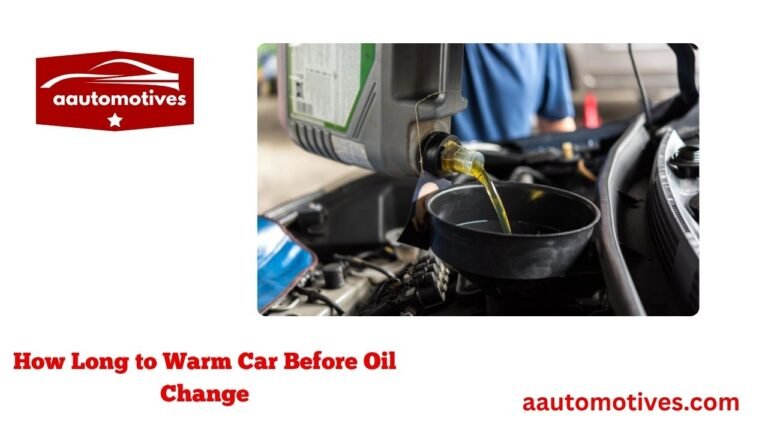How to Remove Car Oil from Asphalt: A Friendly Guide
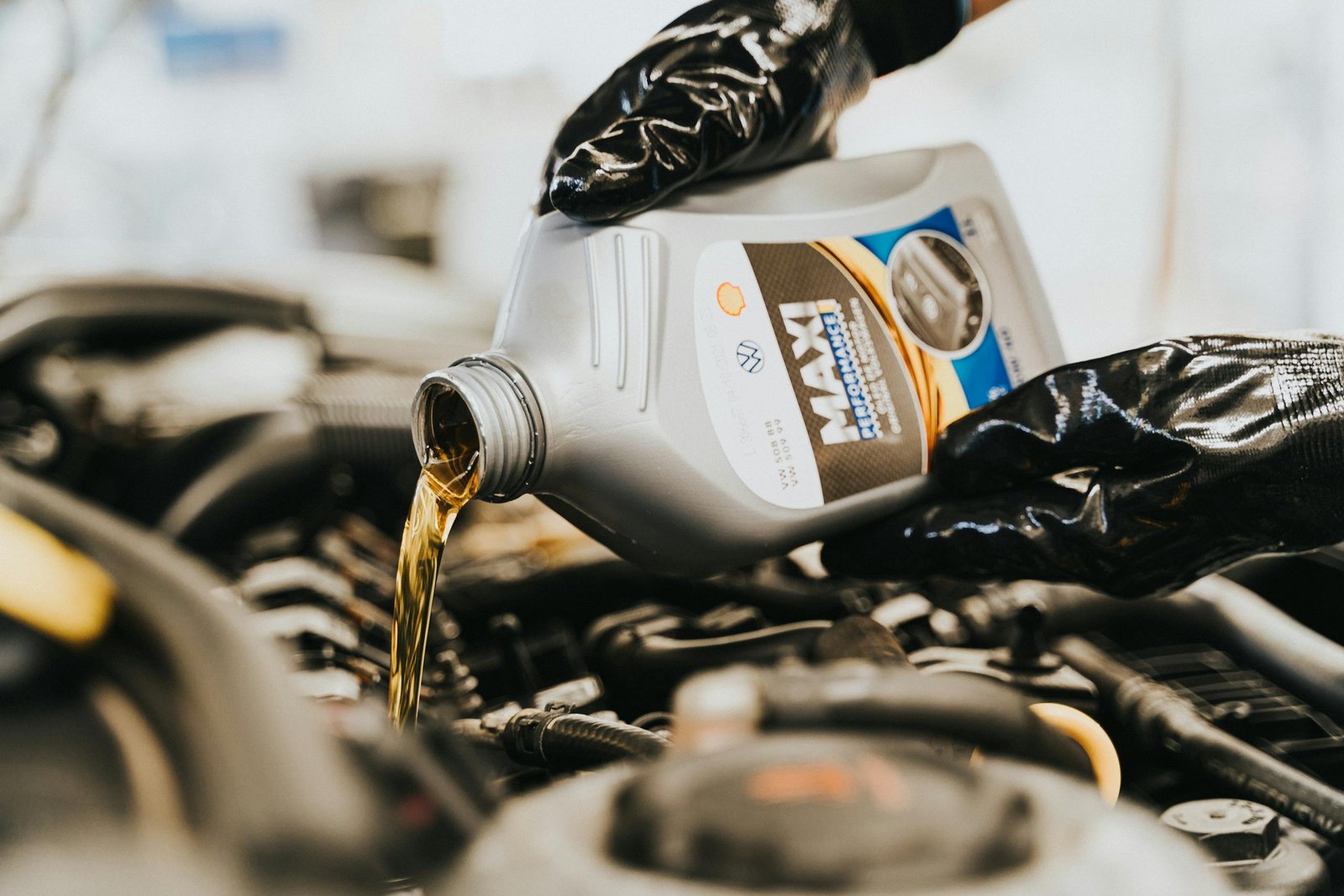
Ever stepped out into your driveway and spotted that ugly car oil stain staring back at you? Yeah, it’s not just a blotch on your asphalt—it’s a stain on your mood. I’ve been there. One day you’re changing your car’s oil like a responsible adult, and the next, your driveway looks like it’s been through a BBQ party gone wrong.
Don’t worry, though. You’re not alone. Whether it’s a fresh spill or an old, stubborn stain, we’re going to walk through how to remove car oil from asphalt—the right way. No guesswork. No expensive services. Just effective DIY steps that work.
In this guide, I’ll blend practical tips, science-backed cleaning techniques, and a few personal stories to help you handle that messy spot like a pro. Let’s turn that greasy mess into a clean slate, shall we?
Why Car Oil Spills Are a Big Deal on Asphalt
Asphalt might seem tough, but it’s not immune to damage. The problem with car oil on asphalt is that it doesn’t just stain the surface. The oil actually seeps into the pores, weakening the structure over time. That can lead to cracks, crumbles, and costly repairs.
Here’s why you need to act fast:
Oil eats asphalt binders, causing it to soften.
Permanent discoloration if left untreated.
Safety hazard – it gets slippery when wet.
It lowers your property’s curb appeal.
Cleaning up may seem like a chore, but think of it as saving your driveway’s health—and your wallet—from future disasters.
Step-by-Step: How to Remove Car Oil from Asphalt Like a Pro
Let’s get into the nitty-gritty. First things first—don’t panic. Whether it’s a fresh spill or an old ghost stain, we’ve got options.
Quick Glance Table: Cleanup Based on Spill Age
| Type of Spill | Best Method | Tools Needed |
|---|---|---|
| Fresh (under 1 hour) | Absorbent + Dish Soap | Kitty litter, broom, water, soap |
| A day old | Degreaser + Pressure Wash | Commercial degreaser, brush, hose |
| A week or more | Poultice or Microbial Cleaner | Microbial cleaner, tarp, brush |
| Stubborn stains | Repeat degreasing + heat | Hot water, scrubber, degreaser |
Step 1: Soak Up the Spill Immediately (If Fresh)
If you just spilled the oil—like, literally just now—stop what you’re doing and grab kitty litter. No joke. That $3 bag of clay from your pet store? It’s your driveway’s best friend right now.
What to Do:
Pour kitty litter generously over the oil.
Let it sit for 30–60 minutes (or overnight).
Use a broom to sweep it up and toss it away.
If you’re out of kitty litter, use baking soda, cornstarch, or even flour. Anything dry and absorbent will do the trick in a pinch. The key here is to act fast—oil seeps in deep and dries hard.
Step 2: Scrub the Area with Dish Soap
Once the surface oil is gone, you’ll notice a stain still there. This is where dish soap like Dawn shines—literally. Dish soap is a degreaser and can cut through oil molecules like a hot knife through butter.
What to Do:
Mix a 1:1 ratio of hot water and dish soap.
Pour it onto the stain.
Use a stiff bristle brush (not wire) and scrub in circles.
Rinse with water.
Repeat if needed. This method works especially well for newish stains or if you’re layering over a fresh spill cleanup.
Step 3: Use a Commercial Degreaser for Older Stains
Let’s say your oil spill is from a week ago—yeah, I’ve been there too. You thought you’d clean it “tomorrow,” but now it’s a full-on eyesore. For these kinds of set-in stains, DIY isn’t enough. You’ll need a commercial oil degreaser.
Recommended Degreasers:
Oil Eater
Purple Power
Zep Driveway & Concrete Cleaner
How to Use:
Spray or pour the degreaser on the stain.
Let it soak for 10–15 minutes (check the label).
Scrub vigorously with a stiff brush.
Rinse with high-pressure water.
This works well when combined with hot water or sunlight—heat helps break down the oil further.
Step 4: Try a Microbial Cleaner for Stubborn Spots
This one sounds fancy, but it’s eco-friendly and surprisingly effective. Microbial oil stain removers use living bacteria that literally “eat” the hydrocarbons in oil. Yep, nature’s little janitors.
When to Use:
For old, oxidized stains.
When you don’t want to use chemicals.
On porous or sensitive asphalt.
How to Use:
Apply generously over the stain.
Cover with a plastic tarp (to keep it moist).
Leave it for 24–48 hours.
Remove tarp, scrub lightly, rinse with water.
Microbial cleaners work slowly but thoroughly. Great for people with pets, gardens, or a general dislike of harsh chemicals.
Step 5: Power Wash the Asphalt (Carefully)
A pressure washer is like a reset button for your driveway. But use it wisely. Asphalt isn’t as hard as concrete, so blasting it with 4,000 PSI might do more harm than good.
Tips:
Use a wide-angle nozzle (25–40 degrees).
Set pressure between 1,500–2,500 PSI.
Always do a test spot first.
If the stain is being stubborn, combine this with a degreaser soak beforehand. You’ll see better results, and your driveway will thank you.
Step 6: Seal the Asphalt After Cleaning
Once your stain is gone, protect the area (and the rest of your driveway) by sealing the asphalt. This doesn’t just make it look shiny—it actually protects the surface from future oil spills.
Benefits:
Blocks oil, water, and UV rays.
Prevents cracks and wear.
Easier cleanup next time.
Use a coal tar or asphalt-based sealer, and apply on a dry, sunny day. It’s like sunscreen for your driveway.
Bonus Tips: What Not to Do
Sometimes, we get a little too enthusiastic. Here are things you shouldn’t do when trying to remove car oil from asphalt:
Don’t use bleach – it doesn’t work on oil and can damage the asphalt.
Don’t use wire brushes – they dig into the surface.
Don’t leave degreasers too long – they can discolor the area.
Don’t try gasoline – it’s dangerous and illegal in many areas.
Quick Tricks for Daily Maintenance
Place drip pans under cars prone to leaking.
Clean up spills immediately.
Use driveway mats under parked vehicles.
Re-seal your asphalt every 2–3 years.
Eco-Friendly Ways to Remove Car Oil from Asphalt
If you’re like me and care about the environment, you probably cringe at the idea of pouring chemicals all over your driveway. Good news—there are eco-friendly options that can remove oil without harming your garden or pets.
Green Cleaning Solutions:
Baking soda and vinegar: Pour baking soda over the stain, then spray white vinegar. Let it fizz for 15 minutes, scrub, and rinse.
Citrus-based degreasers: Made from orange peels and other natural acids, these dissolve grease effectively without harsh chemicals.
Cornmeal or sawdust: Great for fresh spills. Just pour it on, let it absorb, and sweep it up after an hour or two.
These options are perfect for everyday use. Just don’t expect them to erase 5-year-old stains overnight. For deep-set oil, you’ll still need elbow grease.
DIY Homemade Cleaner Recipes That Actually Work
Let’s be honest—sometimes you don’t want to run to the store or spend extra money. That’s when DIY cleaners come in handy.
Here are a few homemade oil cleaner recipes that I’ve personally tested on my own driveway.
Recipe 1: Baking Soda + Dish Soap
1 cup of baking soda
1 tablespoon of dish soap
1 quart of hot water
Mix and pour over the stain. Scrub with a stiff brush, let sit for 15 minutes, then rinse.
Recipe 2: Coca-Cola and Baking Soda
Sounds weird, but Coke contains phosphoric acid—a gentle cleaner. Pour a can over the stain, add baking soda, scrub, and rinse. Works surprisingly well on surface-level spots.
Recipe 3: Hydrogen Peroxide + Cornstarch
Mix to form a thick paste. Apply to older stains, cover with plastic, and let sit overnight. Scrub and rinse the next day.
How to Prevent Oil Stains on Asphalt in the First Place
Here’s the truth: cleaning oil is a pain. The real win is not letting it happen again. Prevention is where the magic happens.
Top Prevention Tips:
Use drip trays under older cars or motorcycles.
Apply a fresh seal coat every 2–3 years.
Place an old carpet or rubber mat under the engine bay.
If doing an oil change at home, use a wide oil catch pan.
Check your car regularly for oil leaks—catch them early.
Your driveway is like your front lawn—it adds to your home’s first impression. A clean driveway reflects care, and prevention saves you hours of scrubbing.
A Personal Story: My Driveway Disaster and Redemption
Let me share a quick story. A few years ago, my cousin visited with his vintage Mustang. Beautiful car, but it left a monstrous oil blotch the size of a dinner plate on my driveway. He laughed. I didn’t.
I tried everything—kitty litter, soap, even lemon juice. Nothing worked. I finally used a microbial cleaner covered by a tarp. After two days, the stain lightened. A few more applications, and the spot was barely visible.
That experience taught me two things:
Be patient—stains take time to lift.
Prevention is your best friend.
Now, I keep a stash of kitty litter in the garage and check my driveway weekly. Lesson learned!
FAQs About How to Remove Car Oil from Asphalt
1. Can I use bleach to remove car oil from asphalt?
No. Bleach won’t break down oil and may actually damage the asphalt surface. It’s better to use degreasers or baking soda-based methods.
2. What’s the best commercial degreaser for asphalt?
Oil Eater and Purple Power are both strong, budget-friendly degreasers that work well on old oil stains. Always follow label directions.
3. Will pressure washing alone remove oil stains?
Sometimes, yes—but it’s usually more effective when paired with a degreaser. Always test on a small area first to avoid damaging the surface.
4. How long does it take to completely remove an oil stain?
It depends. Fresh spills can be cleaned within hours, but older stains may take a few days and several applications.
5. Are there any professional services for oil removal?
Yes, some companies offer asphalt cleaning services, especially for commercial properties. But for home use, DIY is often enough.
6. Can I repaint or seal over oil stains?
Not until the stain is fully removed. Otherwise, the oil will bleed through the sealant or paint, wasting your effort.
7. Is car oil toxic to pets and plants?
Yes. Spilled oil can harm plants and pets, especially when washed into soil. Use pet-safe and eco-friendly cleaning agents when possible.
8. What’s the most natural oil remover for asphalt?
Microbial cleaners are the most natural and safest method. They use bacteria to eat oil without damaging the environment.
Key Takeaways: Recap in Bullet Points
Act fast if the oil is fresh—absorb it before it seeps in.
Use kitty litter, dish soap, or baking soda for DIY cleanup.
For older stains, apply degreasers or microbial cleaners.
Rinse thoroughly, scrub well, and repeat if needed.
Seal your driveway to prevent future oil damage.
Stay away from bleach, gasoline, and wire brushes.
Prevention saves time—check your car for leaks regularly.
Final Thoughts: Let Your Driveway Breathe Again
Oil stains can feel like a punch in the gut—especially when it’s your freshly sealed or newly paved driveway. But now, you know exactly how to remove car oil from asphalt without losing your mind (or your weekend).
From quick fixes to deeper cleans, there’s a solution for every type of stain. So next time your car leaks, you’ll be ready. Keep a stash of absorbent materials nearby, use the right tools, and remember: even the worst stains can fade with the right effort.
It’s not just about keeping your asphalt clean. It’s about restoring pride in your space, one scrub at a time.



